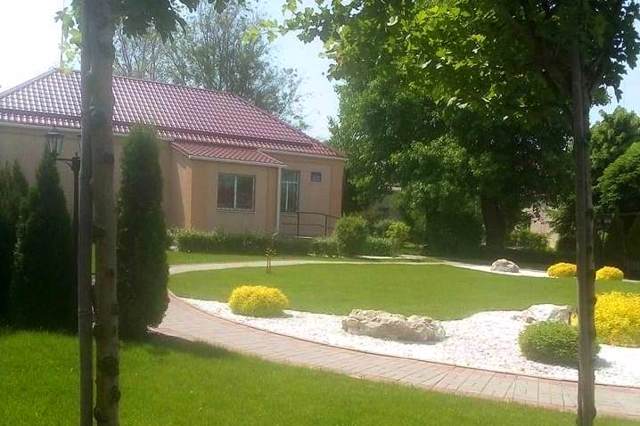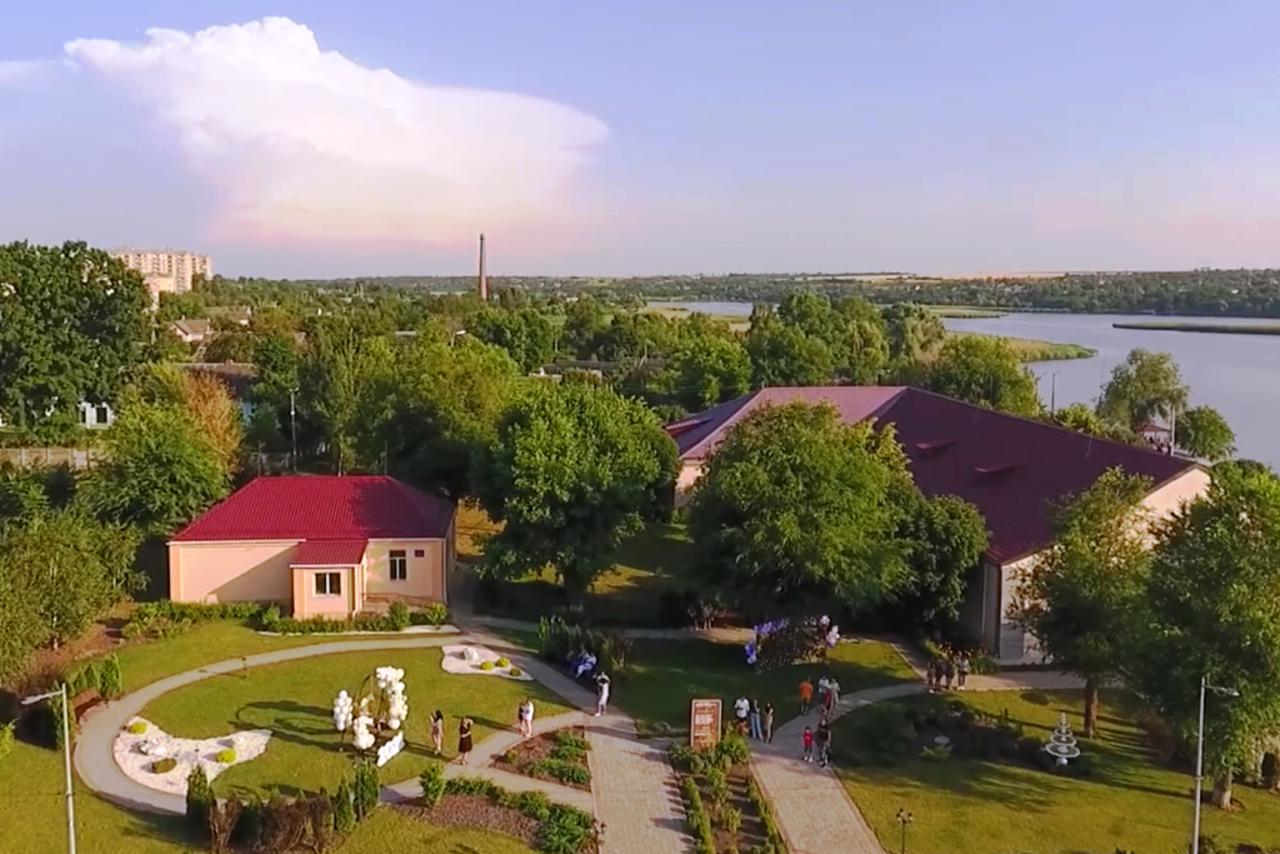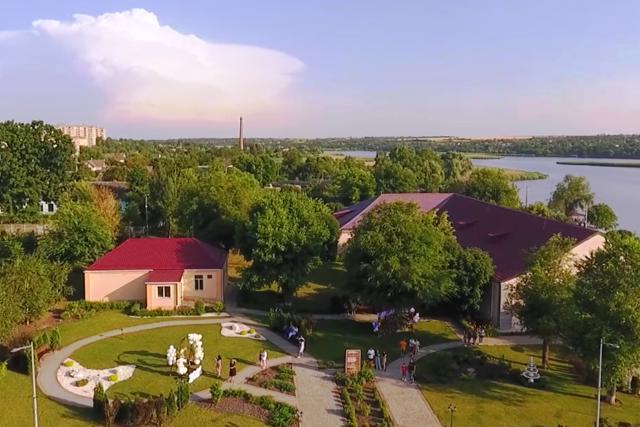Functional temporarily unavailable
General information about Petrove
The town Petrove on the Ingulets River is located 100 kilometers east of Kropyvnytskyi, far from the main transport routes. Administratively, it is a part of Oleksandriia district of Kirovohrad region.
The town was founded in 1772 by the Zaporizhzhian elder Petro Staryi on the lands given to him by the chieftain of Kosh Petro Kalnyshevsky. The chieftain himself kept a water mill here. Petrova Sloboda appears for the first time on the maps of 1778 and 1779. As monuments of those times, the Cossack graves of Beketova, Sichova, and Starecha still stand around the town.
S ...
The town Petrove on the Ingulets River is located 100 kilometers east of Kropyvnytskyi, far from the main transport routes. Administratively, it is a part of Oleksandriia district of Kirovohrad region.
The town was founded in 1772 by the Zaporizhzhian elder Petro Staryi on the lands given to him by the chieftain of Kosh Petro Kalnyshevsky. The chieftain himself kept a water mill here. Petrova Sloboda appears for the first time on the maps of 1778 and 1779. As monuments of those times, the Cossack graves of Beketova, Sichova, and Starecha still stand around the town.
Since 1822, the Starodub Regiment of the 3rd Cuirassier Cavalry Division has been stationed in Petrove. In 1872, landowner engineer Oleksandr Pol discovered graphite deposits on the southern outskirts of Petrove and began their development.
From 1967 to 2020, Petrove was the district center.
Among the architectural monuments in the village, the Intercession Church (1820), the Zemstvo hospital (1905) and several other residential and administrative buildings have been preserved. In 2015, a new embankment was opened on the shore of the Iskrivsky Reservoir.
Petrove region is famous for its ancient traditions of embroidery, straw weaving, bead weaving, and ribbon products.
Cелище Петрове на річці Інгулець розташоване за 100 кілометрів на схід від Кропивницького, у віддаленні від основних транспортних магістралей. Адміністративно входить до складу Олександрійського району Кіровоградської області.
Селище засноване 1772 року запорозьким старшиною Петром Старим на землях, наданих йому кошовим отаманом Петром Калнишевським. Сам отаман тримав тут водяний млин. Петрова слобода вперше з'являється на мапах 1778 і 1779 років. Як пам’ятки тих часів навколо селища і досі височать козацькі могили – Бекетова, Січова, Стареча.
З 1822 р ...
Cелище Петрове на річці Інгулець розташоване за 100 кілометрів на схід від Кропивницького, у віддаленні від основних транспортних магістралей. Адміністративно входить до складу Олександрійського району Кіровоградської області.
Селище засноване 1772 року запорозьким старшиною Петром Старим на землях, наданих йому кошовим отаманом Петром Калнишевським. Сам отаман тримав тут водяний млин. Петрова слобода вперше з'являється на мапах 1778 і 1779 років. Як пам’ятки тих часів навколо селища і досі височать козацькі могили – Бекетова, Січова, Стареча.
З 1822 року у Петровому розташувався Стародубський полк 3-ї кірасирський кавалерійської дивізії. У 1872 році землевласник інженер Олександр Поль виявив на південній околиці Петрового поклади графіту і почав їх розробку.
З 1967 по 2020 рік Петровське було районним центром.
З архітектурних пам'яток у селищі збереглися Покровська церква (1820 рік), земська лікарня (1905 рік) та ще кілька житлових та адміністративних будинків. У 2015 році була відкрита нова набережна на березі Іскрівського водосховища.
Петрівщина славиться давніми традиціями вишивки, соломоплетіння, бісероплетіння, виробів зі стрічок.
Сплануй своє перебування у Petrove
What to see and where to go in Petrove
Tourist attractions and museums of Petrove

Petrove Local Lore Museum
Museum / gallery
The Petrove Museum of Local Lore is located in the center of the urban-type village of Petrove, in a neat square next to the village cultural center. Works since 1967.
The exposition in four halls tells about the nature, history and culture of the part of the Kirovohrad region, where the village is located. In particular, some archaeological materials, an ethnographic selection, household objects of the XIX-XX centuries are presented.
The Second World War section has a large collection of fragments of weapons, cartridges, cartridges, military uniforms and equipment, found or given to the museum for preservation by eyewitnesses.
A special place is dedicated to the memory of the victims of the Holodomor of 1932-1933, when a large part of the inhabitants of this region suffered from the artificial famine arranged by the Bolsheviks.
Reviews Petrove
Geographical information about Petrove
| {{itemKey}} | {{itemValue}} |
|---|---|
| Region |
Kirovohrad |




